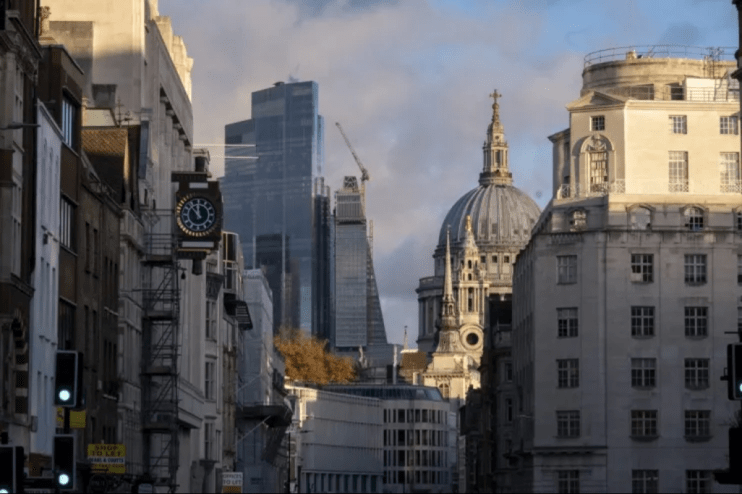UK services jobs decline on ‘longest streak’ since financial crash

Sliding employment levels in the UK service sector over the last eight months amount to the “longest streak” since the 2008 financial crash – barring the pandemic – according to S&P Global analysts.
UK firms are facing intense pressure to maintain profit margins after a labour costs surge following Chancellor Reeves‘ tax raid on employers’ national insurance contributions (NICs) that kicked into effect in April.
Fresh data has now suggested that extra costs through tax hikes and reduced workloads have forced companies to cut staff at a level not seen since the aftermath of the 2008 financial crisis, excluding the pandemic when many workers were unable to operate.
Service providers told researchers at S&P Global that staff leavers were not replaced in May, leading to a “sustained downturn” in headcounts across UK firms.
More positive data showed job shedding was at its slowest pace since November 2024, S&P Global’s latest services purchasing managers’ index (PMI) also showed.
The important indicator for growth in the UK economy said there was a mild expansion in output in May, with the composite output figure standing at 50.3, which is just above S&P Global’s 50-figure neutral benchmark.
The latest PMI reading was the second-lowest since October 2023.
Services confidence is ‘steady’
Business activity increased more than an earlier ‘flash’ reading suggested while confidence among service providers was at its highest level in seven months.
Demand for new work in both domestic and overseas markets also slumped as a result of US tariff turmoil, researchers added.
S&P Global economics director Tim Moore said the service sector “regained its poise” last month as fewer firms raised concerns about trade tensions and wobbly financial markets.
“Although only marginal, the upturn in service sector activity was stronger than first estimated in May,” Moore said.
“Optimism reached its highest level since October 2024, which reflected forthcoming business investment plans alongside hopes of a turnaround in sales pipelines and improving domestic economic prospects.”
Rob Wood, chief UK economist at Pantheon Macroeconomics, said the data showed the UK economy could now escape facing the worst effects of President Trump’s tariffs.
“UK growth has passed the worst as President Trump walking back his more ruinous tariffs cuts the panic that took hold in April,” Wood said.
“Even after the latest salvo from Mr Trump on steel tariffs—which the UK gained a short reprieve from—policy uncertainty is still down by 60 per cent from its mid-April peak.
“Take out the overly large response of business sentiment to uncertainty, as well as smoothing through volatility, and services business sentiment has been steady since October at a level consistent with only slightly below potential GDP growth.”
